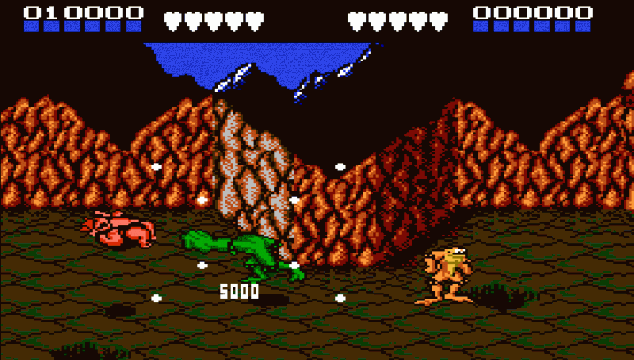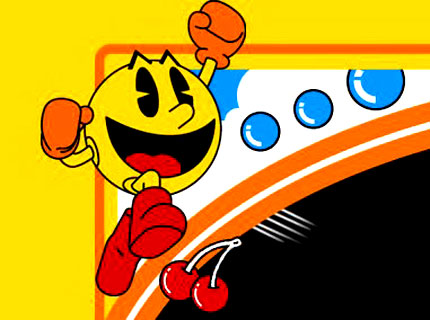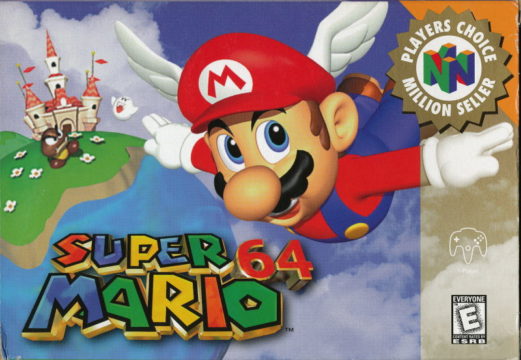
“Retro,” as it relates to gaming, is a term that is generally agreed to have been coined in 1997 by Robert Frazure, who named his classic video games store “RetroGames” at that time. In 1998, emulation website retrogames.com also came along and further popularized the moniker. At that point in the late ’90s, it’s interesting to consider what people of the era would have even considered to be retro video games. Some of the NES catalogue was of course already in that category, but it would’ve been fringe in 1997. Stuff like Missile Command on Atari 2600 and Montezuma’s Revenge on ColecoVision were arguably more appropriate fits, as by then those games were already almost 20 years old.
Yet, in 2018 it feels like fandom hasn’t moved very far beyond NES and SNES in terms of what it regards as “retro.” Which is fascinating considering titles like The Legend of Zelda: Ocarina of Time and Super Mario 64 are themselves now over two decades years old, as well. That’s to say nothing of GameCube-era software, which began to hit the market all the way back in 2001— 17 years ago! Which begs the question, what is retro exactly? What set of criteria needs to be met for a game or console generation to qualify? Can fans ever hope to agree on what that criteria should even be?

There doesn’t seem to be anything set in stone or unanimously agreed upon at this moment, but there are common qualities to point to that consistently pop up amongst retro collectors and enthusiasts. One is that the console has to be discontinued or no longer available in its original form. Second is age, but that’s where things get iffy. Going back to the genesis of the term retro in 1997, classic video games were seen more as the titles that originated in arcades and on consoles like Atari, ColecoVision, Commodore 64, and others, which were at the time nearly 20 years old. By today’s standards, oldies like Pac-Man, Galaga, Space Invaders, Pong, and others are still viewed as retro, but they’re now joined by NES classics like Super Mario Bros., Metroid, The Legend of Zelda, and more.
So it’s clear that what the masses consider to be retro isn’t stationary; it’s more like a growing sphere, but what exactly that sphere envelopes is still not hammered down. As of right now, the SNES, Genesis, NeoGeo, and other ’90s consoles and their respective software have all come to be housed within the realm of retro gaming, but determining the reason(s) why isn’t defined in terms of black and white. Talking with a friend today, I brought up the point that the Nintendo 64 and PlayStation libraries are all themselves over 20 years old and really should be considered part of the retro pantheon. He countered with the notion that perhaps age isn’t as much of a deciding factor as one might think.

His position was that maybe a bigger part of what differentiates the retro crowd from the contemporary one is tied into aesthetics and play control. 2D, pixelated visuals and gameplay are distinctly separate from most games of today and seem to call back to older, simpler times of gaming. He did concede, however, that the blocky, polygonal forms of the N64 and PSOne are at a point that, going off of this methodology of classifying retro games, they should be considered for inclusion. Still, while there is definitely merit to what he’s suggesting, I nevertheless don’t feel like it’s a wholly satisfactory method of classification.
I find myself returning to the qualifier of time and think that it holds a greater weight than I’d initially given it. Time’s importance as a factor is key because if it wasn’t, then something like Shovel Knight should already be considered legitimately retro versus retro-themed or styled. Play control is another slippery slope; after all, if it’s about simple game mechanics, there are plenty of titles like Mega Man 11 which satisfy this requirement but look nothing like an old school NES game. I also think of handheld systems like Game Boy Advance, which came out in 2001 and is home to games that wouldn’t look out of place on an SNES (ignoring the fact that many were actually direct ports). Do they automatically get the retro designation as a result? In short, I don’t know that visuals and style of play are the most reliable factors. As important as time is as a control of sorts, though, I still come to circle back to my primary question: what is “retro?”

Maybe I’m overthinking things. Maybe it really is as simple as how old a console and its library is that should be the dominating criterion of merit. The spirit of retro gaming is firmly centered on the past. Loathsome though I find the term in relation to video games, there is an undeniable element of nostalgia when it comes to retro gaming, and nostalgia is borne by the passage of time. That said, as much as retro gaming might appeal to gamers looking to reconnect with the golden days of their pasts, it’s also a legitimate conduit of exploration for newer generations of gamers. Someone who never experienced the NES can’t be nostalgic about it, after all, so there must be another factor in the works that draws in gamers who, decades later, are seeing these titles with fresh eyes. Which means retro games must have a “secret sauce” of sorts that further muddies the waters of classification that I’m wading through!
Whatever makes “retro” what it is, it’s a vital part of the video game industry that continues to evolve and grow. Preservationists like those at The National Video Game Museum in Texas and publications like Retro Gamer are helping to both catalogue what has come before and also to inform today’s gamers about titles and consoles they might not know exist. It’s immensely interesting to see what hardware is absorbed into the retro tapestry and to see which games are embraced as representatives of an era. Every day, the games that people play inch further into the past, notching out their own places within the annals of the history of the industry to one day be pitted against each other in debates between fans as to their retro “worthiness.” It’s a testament to the longevity of these titles and a real shot across the bow of pundits who think of video games as disposable entertainment.




 ShareThis
ShareThis






In my mind, it has to either be from the era of 2D gaming or be in terribly blocky 3D.
I did have a Gamecube for most of my gaming childhood though, so I’d be interested to know what ‘the kids’ think these days!
The idea of GameCube being perceived as “retro” sends a cold chill down my spine.